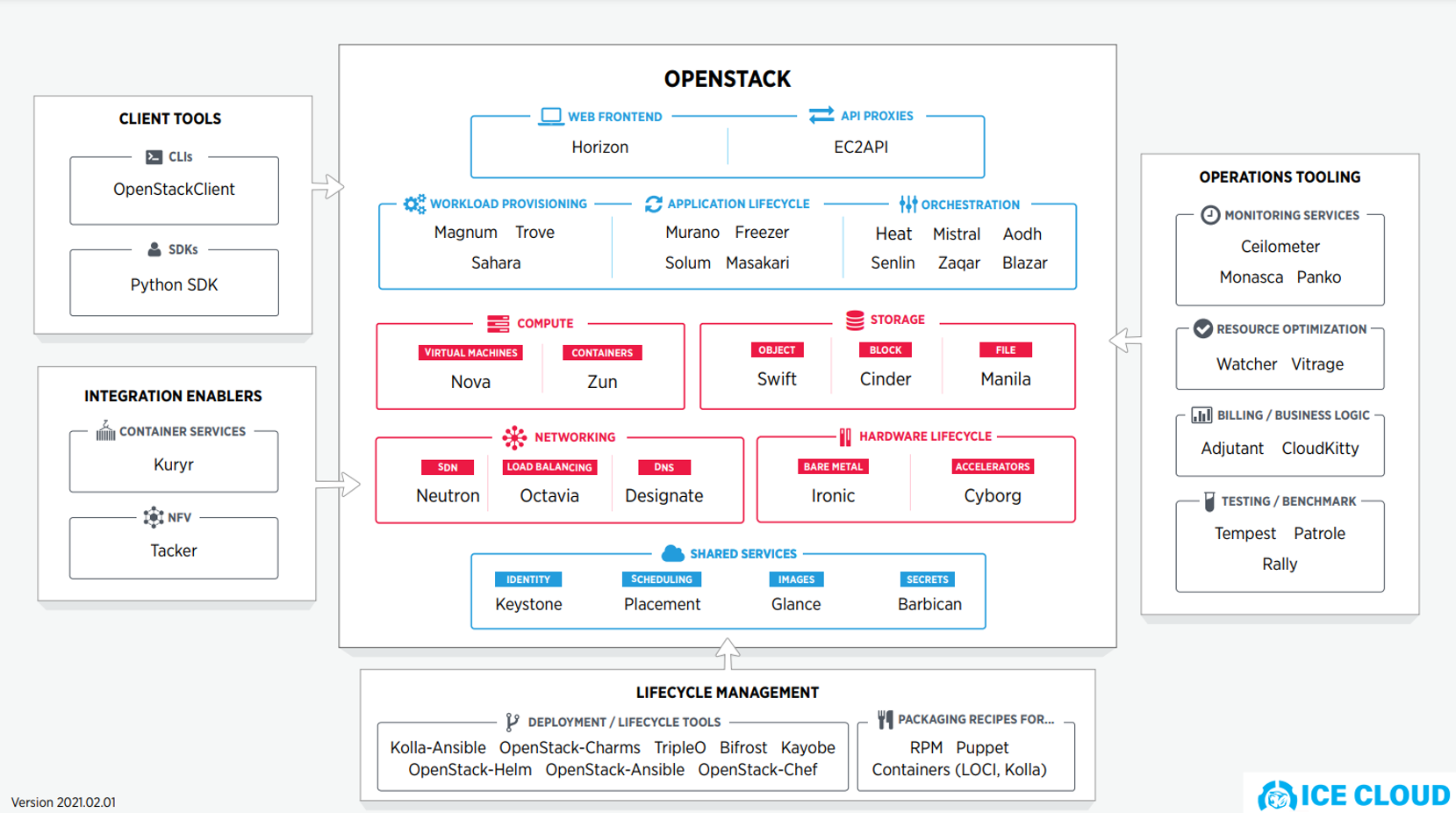What is openstack?
OpenStack is a cloud operating system that controls large pools of compute, storage, and networking resources throughout a datacenter, all managed and provisioned through APIs with common authentication mechanisms. A dashboard is also available, giving administrators control while empowering their users to provision resources through a web interface. Beyond standard infrastructure-as-a-service functionality, additional components provide orchestration, fault management and service management amongst other services to ensure high availability of user applications. Read more about our vision for OpenStack clouds










